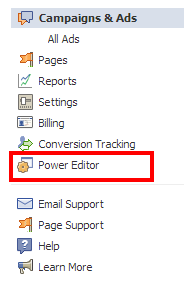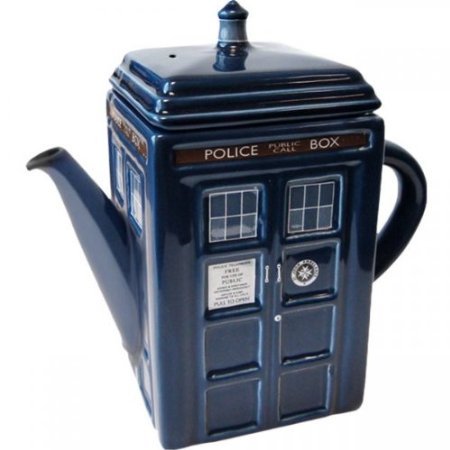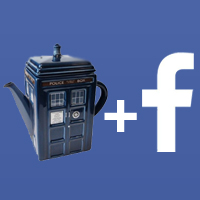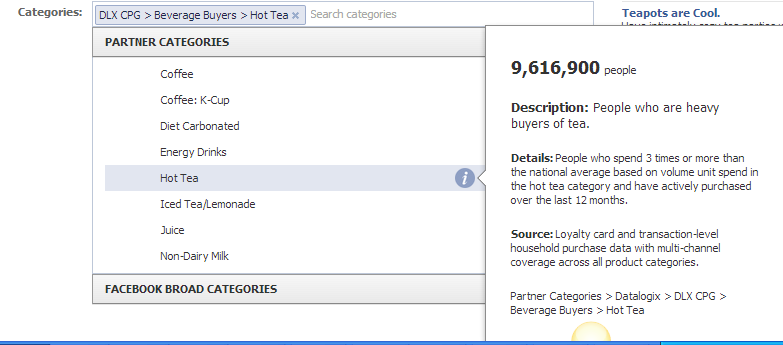New Facebook Exchange Features – How to Target People who BUY Products with Test Case
On April 10th, Facebook Studio’s news feed – Partner Categories – made a quiet announcement. Unless you’ve been waiting since the first whispers began of a brewing deal between massive heavyweights in consumer purchasing habits, this announcement might have slipped by you.
In case you missed it, here’s the long and short of it:
Facebook has partnered with Acxiom, Datalogix, and Epsilon to bring everyone the power to target your category by general interests (Likes) and also via purchase data from all three companies.
You can also cross-reference that data against Likes, thereby giving you an incredible number of filters to qualify, isolate and test a broad range of people who were inaccessible before. Save for a few isolated and expensive services.
If you’re anything like me, the news made your fingers steeple together while your brain filled with the possibilities. There might also have been some cackling.
The first thought being: Let’s sell teapots!
Yeah, there was definitely cackling after that.
 I was too fascinated not to immediately try it out. Here’s a brief run through of my field test, including an overview of the system in general. And while not nearly as fun or illustrative as selling teapots, here is the official Facebook Studio document: http://www.facebook-studio.com/news/item/new-ways-to-reach-the-right-audience
I was too fascinated not to immediately try it out. Here’s a brief run through of my field test, including an overview of the system in general. And while not nearly as fun or illustrative as selling teapots, here is the official Facebook Studio document: http://www.facebook-studio.com/news/item/new-ways-to-reach-the-right-audience
So, first thing’s first – if you want to access Partner Categories, the only way you’re doing that is through the Power Editor, which you’ll find in an obscure place on the left hand side of the Ads Manager menu:
From there, it’s as simple as creating your ad – you’ll notice in Audience, there’s some new options:
Partner Categories can be selected as well as the normal Broad or Precise Interests.
If you don’t realize how ridiculously powerful that notion is, I’ll illustrate for you with a fairly ridiculous example.
As you’ll see above, the details on each demographic or slice of consumer data completely outlines the nature of the transactions and some, like our tea drinking category from Datalogix, even give average purchases over a certain period of time.
I happened to be watching a certain Timelord battling intergalactic ne’er-do-wells when I first caught wind of the announcement, so there was a certain bias to this test. But Timelords and Tea just seem to go well together. I spent a few minutes snagging some links to Amazon from my old affiliate count, and put together a small ad spread in a few hours.
Here’s what I was selling:

And here’s the result of the top-performing ad after a day of running:

This was the ad that drove my one referral – netting me a tidy sum of around $2.
While I spent $5 on this ad, and $10 on the campaign as a whole, you do have to remember we’re dealing with a commission rate varying between 4%-6% on Amazon, a fairly low payout when it comes to commissions.
For a small business owner, whose costs are lower and whose profit margins are easier to play with, a little testing and experimentation could result in a huge boon of new customers.
I can only imagine the additional benefits of a custom-tailored landing page made to play up to your audience instead of a hop over to sterile Amazon page. There are a myriad of ways to create different styles of ads in Power Editor, and my test was placed in one of the most unoptimized spots for Facebook traffic – desktop right-side ads. Nothing on mobile, nothing in the feed – in other words, it shouldn’t have sent a single conversion my way; yet it did.
Why? Because of the laser-targeting provided by consumer purchase data cross-referenced with Facebook Likes.
In conclusion – combining Facebook’s treasure trove of personal interests coupled with years of amassed consumer data is an experiment too tempting for any business owner to NOT indulge in. It’s become an even bigger, brighter world for an uncountable number of small niche markets that already exist and others that will likely be shook out of this incredibly powerful system.


